Two-thirds of all energy consumption on the planet occurs in cities worldwide, as do 70 per cent of all greenhouse gas emissions. So if humanity is going to slow the global climate crisis, then the best place to take the most extreme action is in municipalities around the world.
But which cities are doing the best job at putting measures into place, and reducing their carbon footprint? And exactly how are they doing it?
Join us as we take a dive around the world at the greenest cities on Earth.
Amsterdam, The Netherlands
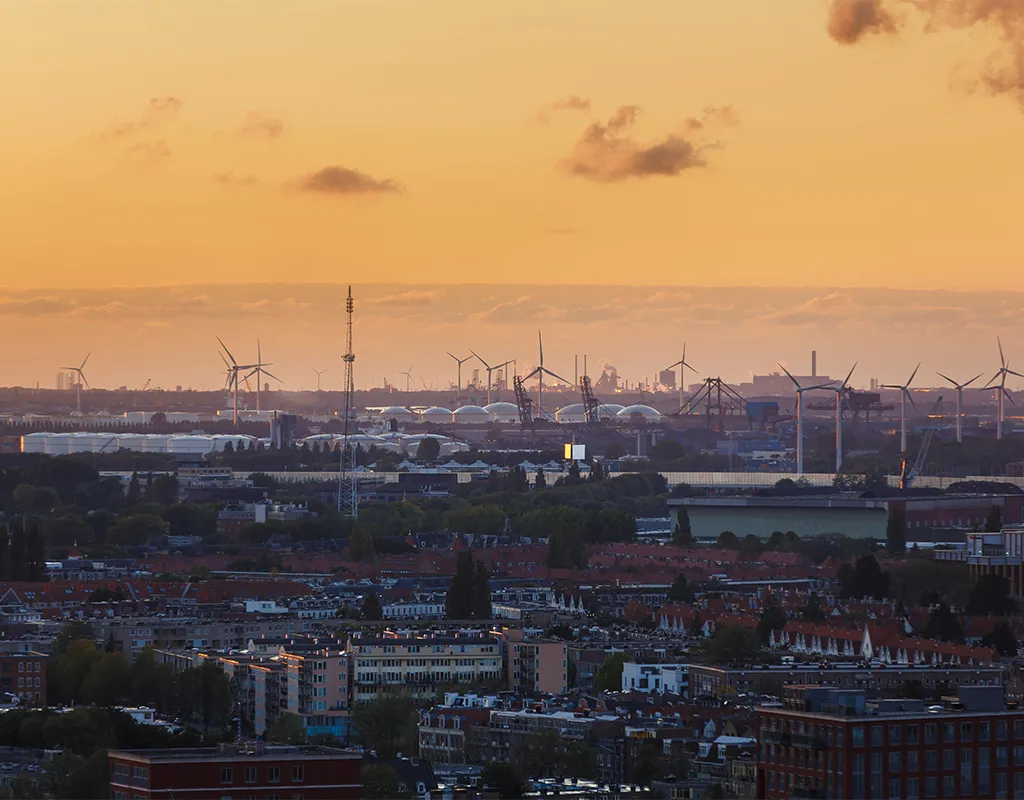
Amsterdam aims to be completely carbon-neutral by 2050, and giant steps have already been taken to reduce traffic and switch to renewable energy sources in the last few years to achieve this.
A low-emissions zone is in place in the city's centre, meaning that the worst-polluting vehicles are not allowed to enter the centre without receiving a large fine.
The city is also phasing out the use of natural gas and fossil fuels, aiming to make all buildings carbon-neutral and natural gas-free by 2040.
Vancouver, Canada
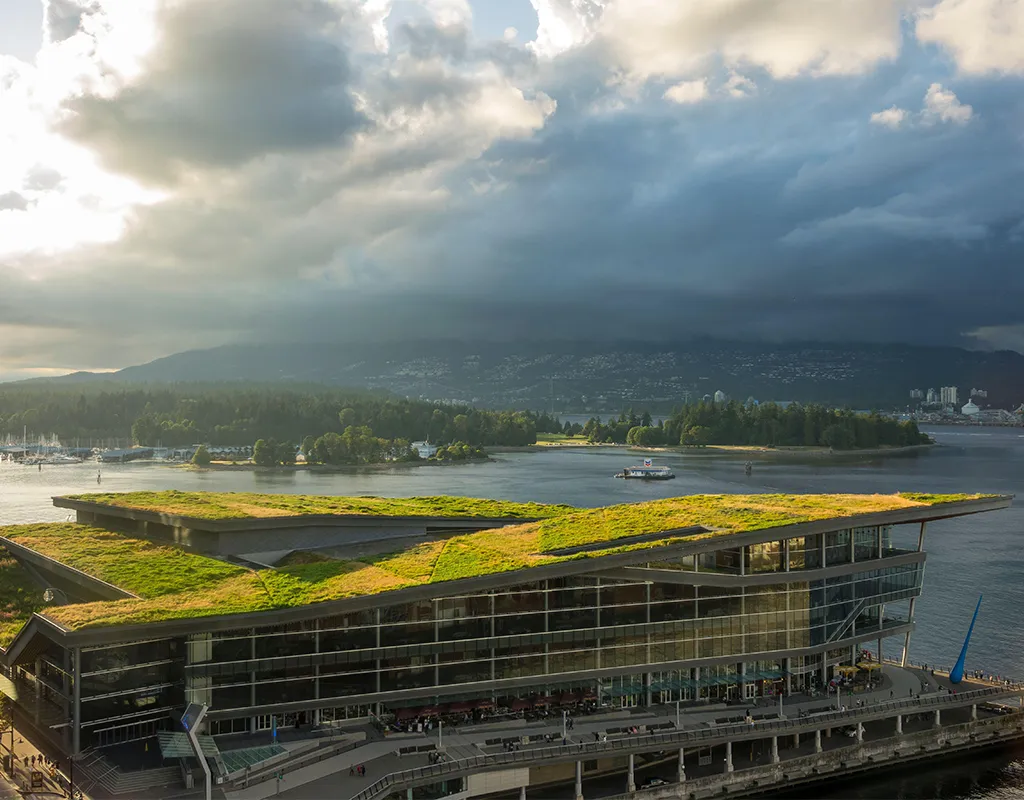
In 2009, Vancouver put together a bold action plan in a bid to become the world's greenest city. While not all of the ambitious targets of this green plan were met, significant progress towards this goal was made.
One part of the initiative: the Vancouver Convention Centre. Thanks to its living roof and on-site water treatment facilities, the centre is the first building in the world to be awarded two LEED (Leadership in Energy & Environmental Design) awards – a prestigious certification program for environmentally friendly buildings around the world.
In addition to this, Vancouver aims to be completely powered by renewable energy sources by 2050.
Singapore
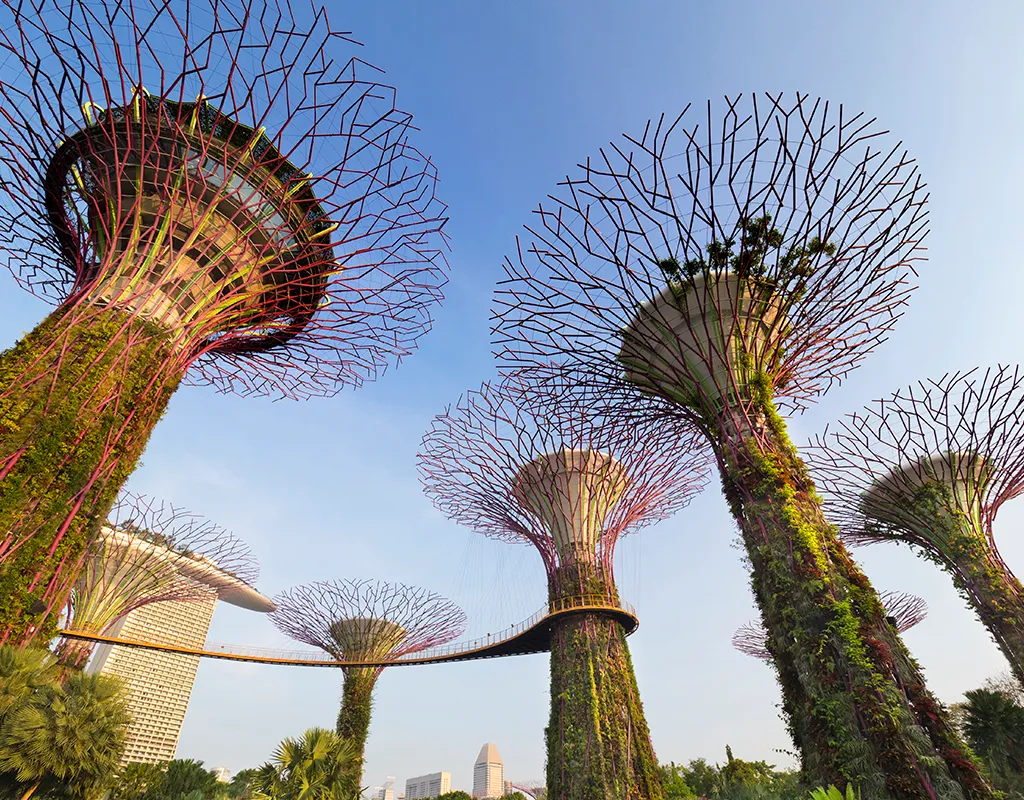
Perhaps one of the most iconic landmarks built in Asia in recent years, the Supertree Grove in the South Bay Garden area of Singapore consists of 18 artificial trees that act as vertical gardens.
These trees vary in height from 25 to 50m, and house over 200 species of rare plants such as vines, bromeliads and orchids. They also have built-in solar cells which power their lighting systems at night. Rainwater is collected by the trees and is used to irrigate the plants.
The site is part of an ongoing strategy to increase the quality of life in Singapore by increasing the amount of plant life and green space in the heart of the city.
Oslo, Norway
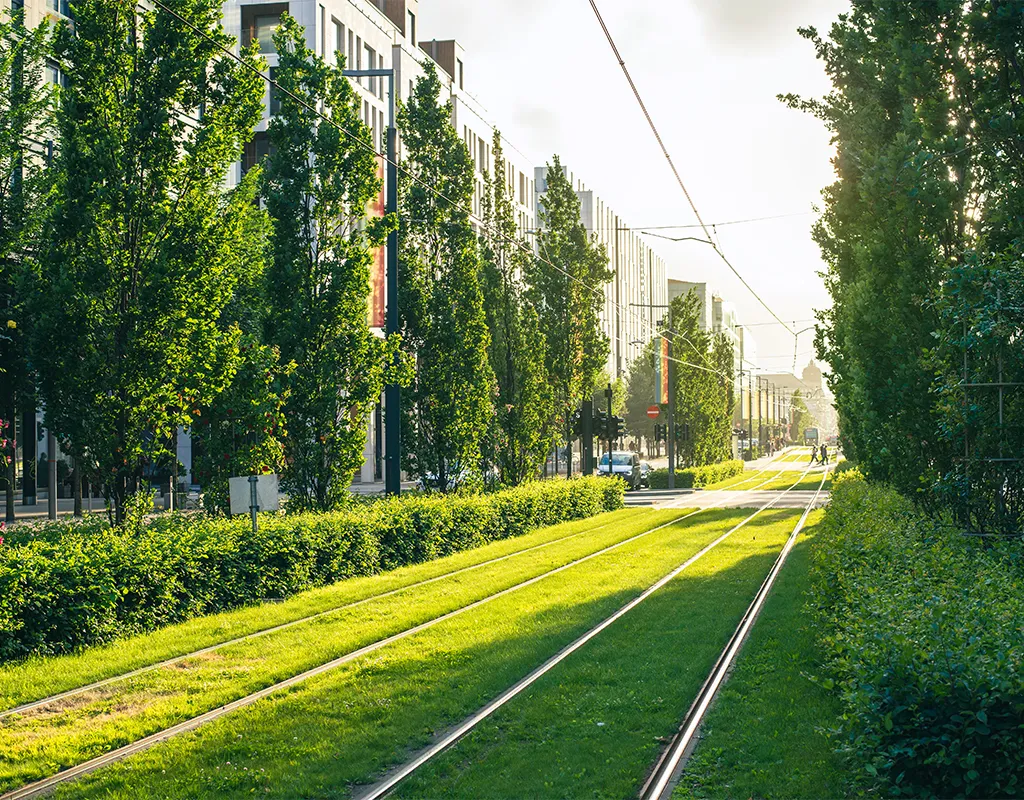
In 2019, Oslo was awarded the title of European Green Capital by the European Commission, in recognition of the huge steps the city has made to become greener.
Vulkan, a new neighbourhood that has sprung up on a former industrial site, is a great example of this new approach, with geothermal wells and a plethora of solar panels.
One of the secrets to its success is the abundance of choice when it comes to using public transport. There are trams, buses and a metro system, and there are also plenty of bicycles to hire.
Most impressively, nearly half of all land within the city is green space, with parks and lakes and over 1 million trees.
Adelaide, Australia
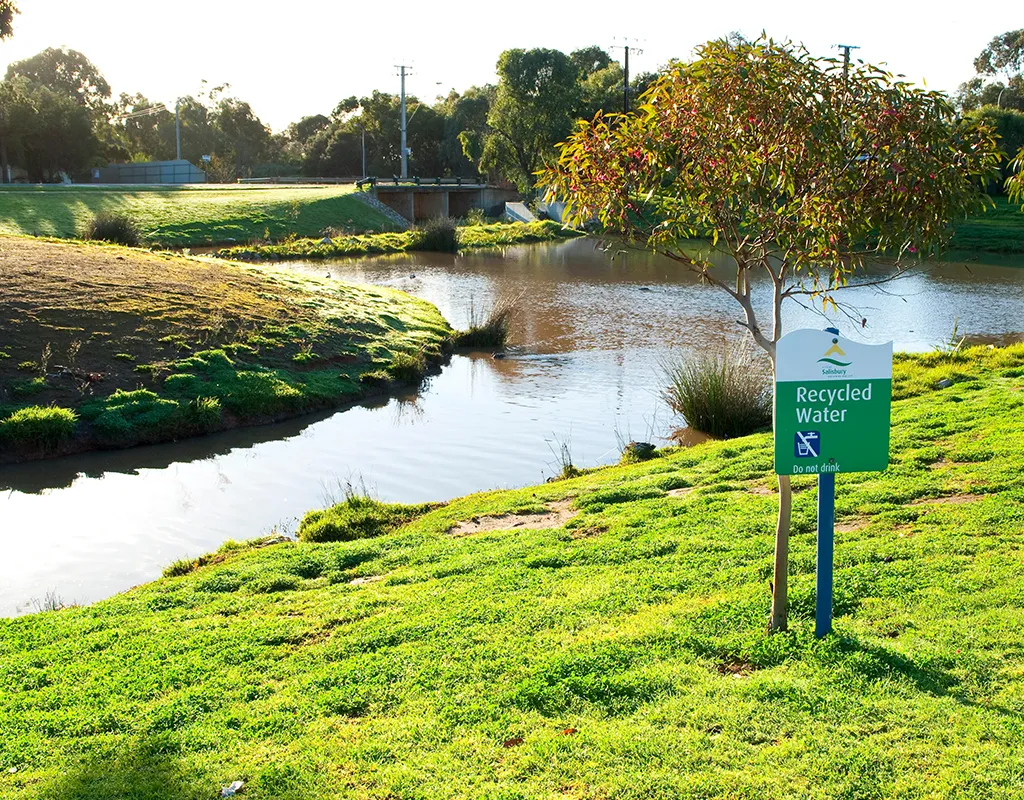
Adelaide is located in the driest state in Australia, so it needs to use water wisely. With this in mind, the city has implemented a policy of planning every aspect of the water cycle, finding ways to combat waste and reuse water wherever possible.
Known as 'water sensitivity', this essentially means that more effort is to irrigate the land with recycled water not from reservoirs.
The city's efforts don't end there. Massive investment in increasing greenery has helped to change the look of many buildings, while careful planning has ensured that tree planting gives new trees enough room to grow without affecting underground infrastructure.
Wellington, New Zealand
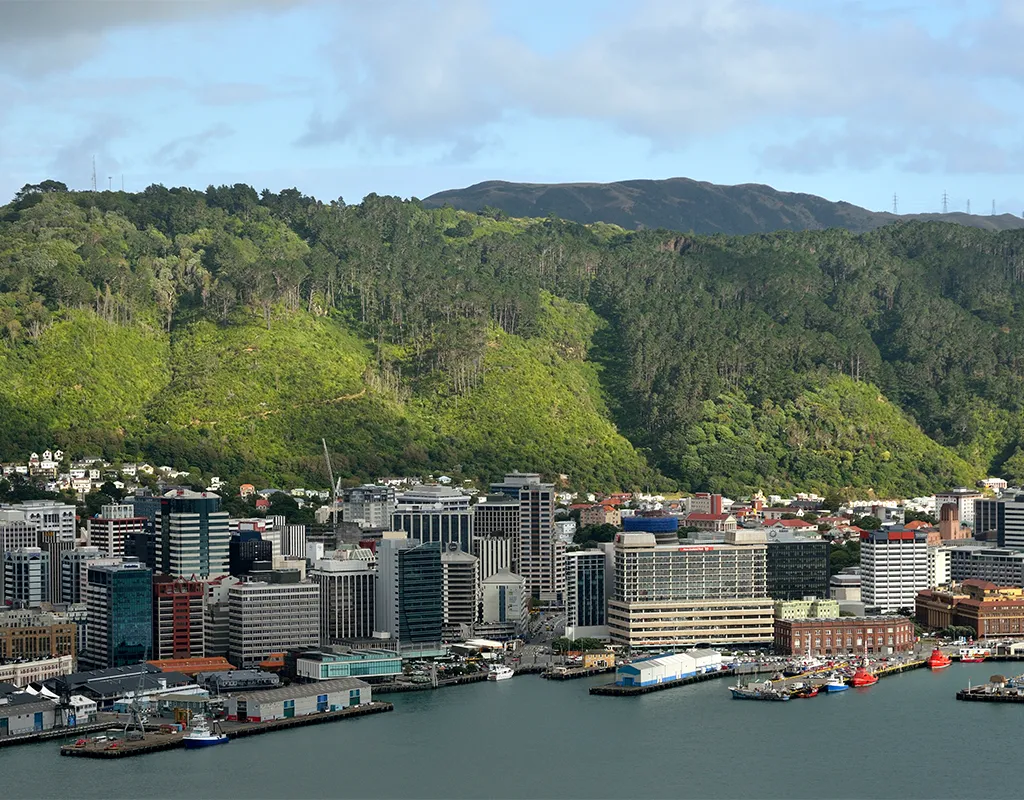
From its buildings, to transport options, and an innovative food initiative (where residents are encouraged to use community gardens to grow their own food), sustainability is embedded in the Kiwi capital.
Restoring and improving the biodiversity of Wellington also plays an important role in helping the city become net zero by 2050. The ecosystem there has been in decline over many years. For example, before the arrival of humans in the region, 98 per cent of the land was forest. Now that has been reduced to 28 per cent.
There are also many animals native only to the area that are at risk of extinction. It is hoped that through action and education, these trends can be reversed, and biodiversity can thrive once again.
Read more:
- In pictures: The hidden net-zero community paving the future of sustainable living
- Building for the future: three eco-cities preparing for overpopulation, rising sea levels and air pollution
Curitiba, Brazil

The city of Curitiba in Brazil is a long-time implementor of environmentally beneficial policies, including its innovative 'Bus Rapid Transit' (BRT) system implemented in the 1970s.
After huge growth required the city to expand rapidly, it was decided that instead of the car, mass public transport (specifically the bus) would be the strategy for transporting citizens around the city. Since then, this model has been adopted to great success by other cities around the world.
Meanwhile, the distinctive BRT tube-shaped stations introduced in the 1990s have since become synonymous with the city.
Copenhagen, Denmark
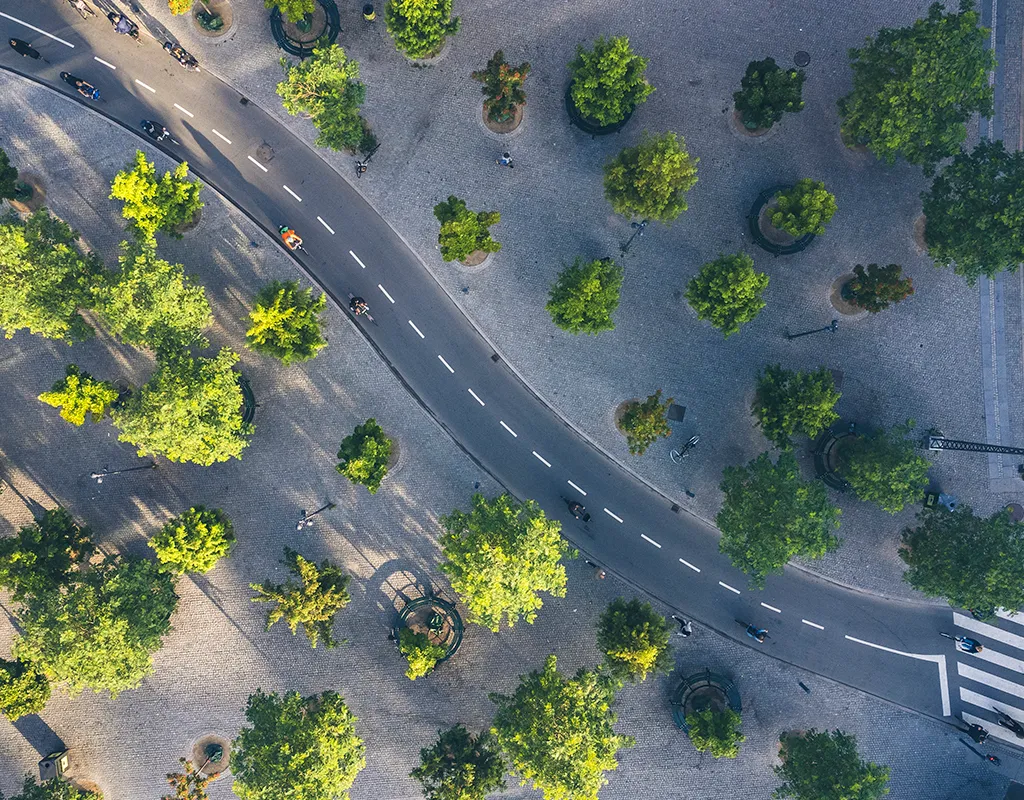
Copenhagen is aiming to be the first carbon-neutral capital city in the world, and it wants to do it by 2025. Although this may seem incredibly ambitious, there are many reasons to think that this could really be achieved.
For example, think of Copenhagen and you probably think of the bicycle. This is mainly due to the flat nature of the city, but also the many schemes that have helped keep usage high. It is estimated that nearly half of all commutes to school or work in the city are taken on bikes. Many city centre areas have been specifically adapted to aid bike use, such as special bike lanes and green routes.
But it is not just the city's transport system. Energy production and nascent carbon capture technologies are also being employed to reduce carbon emissions.
Nottingham, UK
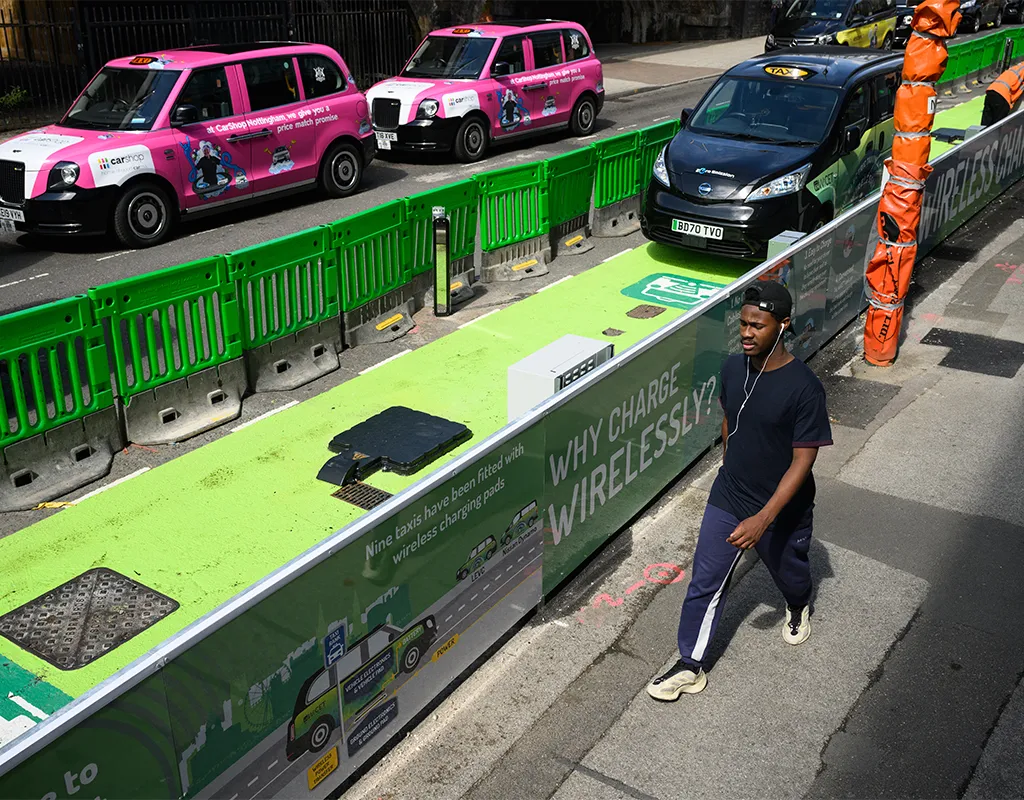
Nottingham has a very ambitious plan to be the first carbon-neutral city in the UK by 2028. One of the main ways the city council are hoping to achieve this is through experimental schemes such as wireless charging for electric vehicles. This first took place in 2022 and was the first trial of its kind in any city in the UK.
Other efforts to improve the city's green credentials include a scheme called 'Hello Nottingham', where residents and visitors can scan QR codes found in various places. The hope is that this scheme will provide feedback about how each area can be improved to help combat climate change.
Reykjavik, Iceland
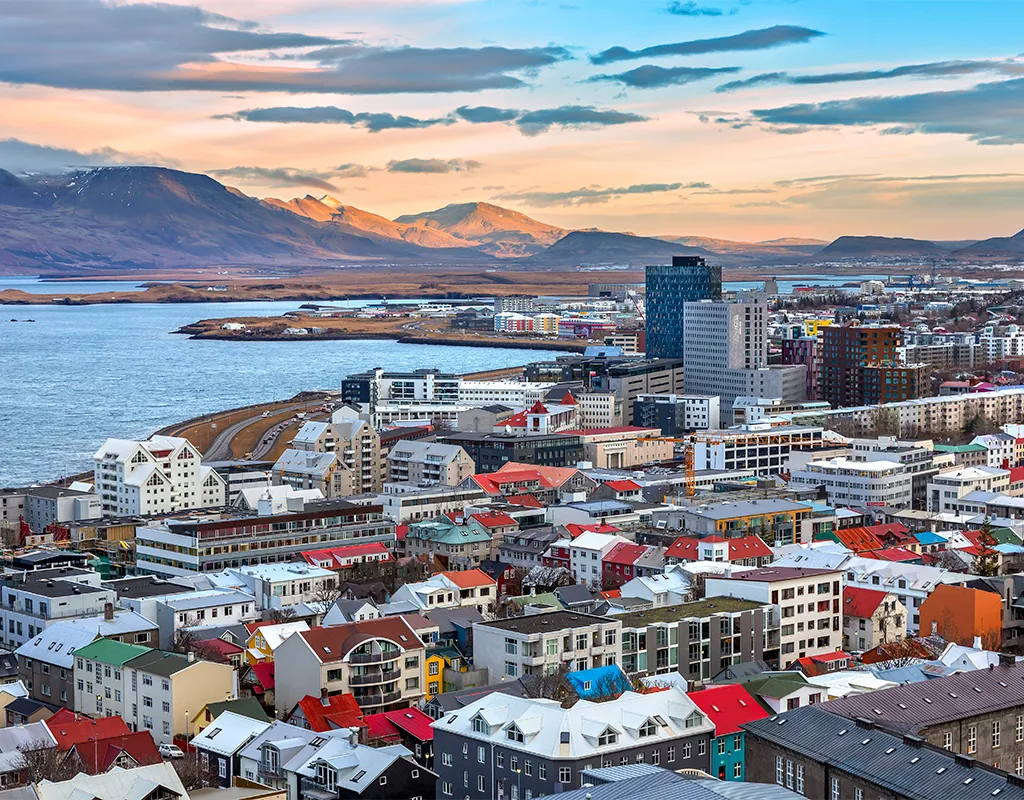
Reykjavik has long been a leader in green energy and is the first city in the world to be totally powered by geothermal and hydroelectric energy, making it one of the greenest cities in the world. The unique geography of Iceland no doubt helps it achieve this distinction, but this is still an impressive feat.
But Reykjavik's leaders haven't been resting on their laurels. The city aims to be carbon-neutral by 2040, and in order to achieve this they have put in place a sustainable transport plan, phasing out the use of fossil fuels in all public transport and cars over the next few years.
Read more: